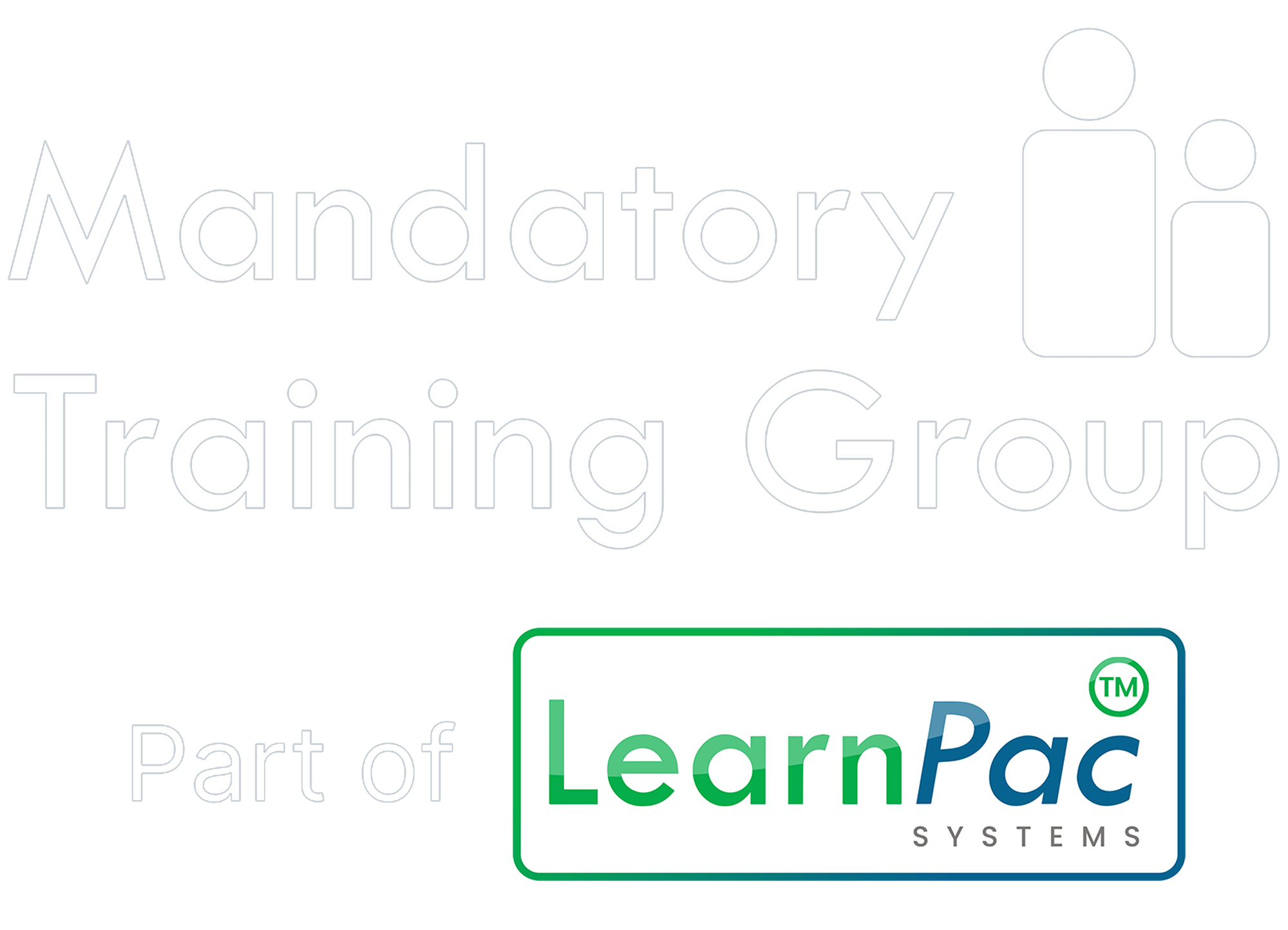You have no items in your shopping basket.
Key facts and statistics
Sudden cardiac arrest in infants, although less common than in adults, is a significant health concern often associated with respiratory issues, congenital heart defects, or sudden infant death syndrome (SIDS). The American Heart Association (AHA) highlights the importance of immediate intervention, noting that effective bystander CPR provided immediately after sudden cardiac arrest can double or triple a victim’s chance of survival. Statistically, less than 10% of infants who receive resuscitation attempts survive hospital discharge, underlining the critical need for effective CPR.
Key definitions
- Cardiopulmonary Resuscitation (CPR) - Is a life-saving technique used in emergencies where breathing or heartbeat has stopped. It involves chest compressions and rescue breaths.
- Infant - For CPR, an infant is defined as a child under one year of age.
Relevant legislation and regulations
In the UK, the Health and Safety Executive (HSE) does not specify mandatory CPR training for all businesses, but the Resuscitation Council UK provides guidelines that are considered best practice, particularly in settings involving children such as nurseries and schools. Moreover, the Care Quality Commission (CQC) expects healthcare providers to ensure their staff are trained and competent in CPR as per the guidelines relevant to their service users, including infants.
Expectations of other regulators
Ofsted
Ofsted, the Office for Standards in Education, Children’s Services and Skills also significantly emphasises safety in educational settings for young children. Childcare providers registered with Ofsted are expected to have staff trained in paediatric first aid, including infant CPR. Ofsted guidelines suggest that at least one person who is trained in paediatric first aid should be available for every childcare session.
Other childcare settings
Beyond healthcare and educational environments, other childcare settings such as private nurseries, playgroups, and childminders are encouraged to have comprehensive knowledge of infant CPR. This ensures that children are always supervised by someone capable of administering life-saving procedures if needed.
Guidelines and Best Practices
When performing CPR on an infant, rescuers should follow these steps, as outlined by the Resuscitation Council UK and the AHA:
- Safety and assessment - Ensure the environment is safe for both the rescuer and the infant. Check the infant's responsiveness by gently tapping or shaking their shoulder and shouting. If there is no response and the baby is not breathing normally, call for emergency help immediately.
- Airway management - Carefully place the baby on a firm, flat surface and tilt the head slightly to open the airway. Ensure there is no visible obstruction.
- Breaths and compressions
- Breaths - Cover the baby’s mouth and nose with your mouth and give 5 rescue breaths, each lasting about 1 second. Ensure that the chest rises with each breath.
- Compressions - Use two fingers to perform compressions at the centre of the chest, just below the nipple line. Compress at a depth of about 4cm, at a rate of 100 to 120 compressions per minute.
- The ratio of compressions to breaths - After the initial rescue breaths, follow a ratio of 30 compressions to 2 breaths.
Recommendations
Regular training and refreshers in infant CPR are crucial for anyone responsible for caring for babies. Parents, caregivers, and healthcare professionals should seek accredited courses that offer hands-on practice and up-to-date information based on the latest guidelines. All personnel caring for infants across various settings need to be equipped with these vital skills.
Conclusion
Understanding and implementing CPR for infants is a skill and a societal responsibility that can save lives. The Mandatory Training Group offers comprehensive courses to equip you with the knowledge and skills required to perform infant CPR effectively. We encourage all caregivers and healthcare professionals to stay informed, get trained, and be ready to act in an emergency.
Protect the littlest lives by learning the critical skills of infant CPR. Click here to learn more about our CPR training courses and register for our next session. Be the difference that could save a life.
Disclaimer: This blog is for informational purposes only and should not be considered medical advice. Always seek professional medical assistance in emergency situations.
About the author
Dr Richard Dune
With over 20 years of experience, Richard blends a rich background in NHS, the private sector, academia, and research settings. His forte lies in clinical R&D, advancing healthcare tech, workforce development and governance. His leadership ensures regulatory compliance and innovation align seamlessly.

Contact us
Complete the form below to start your ComplyPlusTM trial and transform your regulatory compliance solutions.



